Plywood in cabinets
mrsjoe
11 years ago
Related Stories
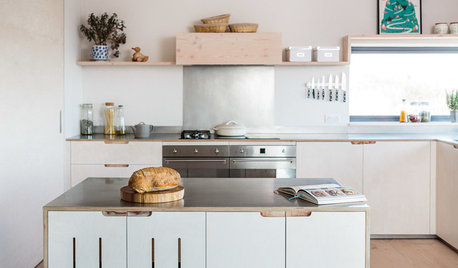
KITCHEN DESIGNBirch Plywood Keeps Things Light in a Cotswolds Kitchen
A country kitchen is packed with clever design details — including an island on wheels — that give it a modern yet natural look
Full Story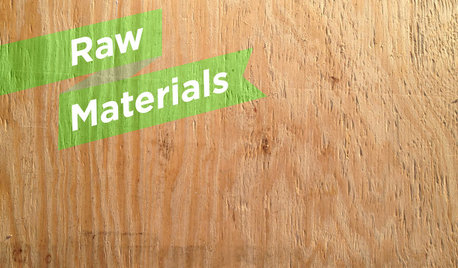
WOODThe Power of Plywood All Around the House
Of course you've heard of it, but you might not know all the uses and benefits of this workhorse building material
Full Story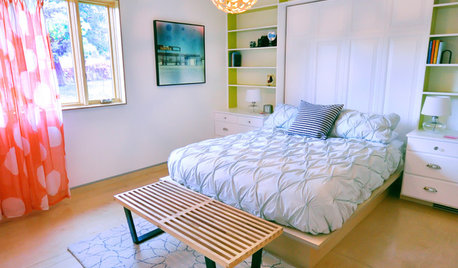
WOODTry DIY Plywood Flooring for High Gloss, Low Cost
Yup, you heard right. Laid down and shined up, plywood can run with the big flooring boys at an affordable price
Full Story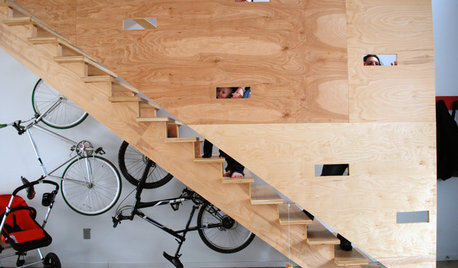
MATERIALS10 Ways to Tap Into Plywood's Unfussy Appeal
It’s been a staple sturdy raw material for a long time, but now plywood is becoming a feature in its own right
Full Story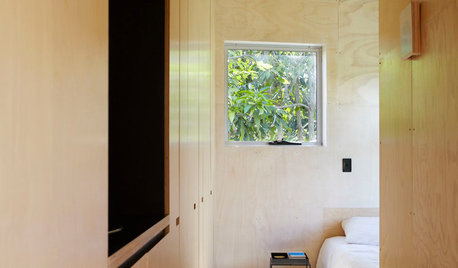
WOODDesign Workshop: Plywood as Finish
Trendproof your interior with this sensible guide to using this utilitarian material indoors
Full Story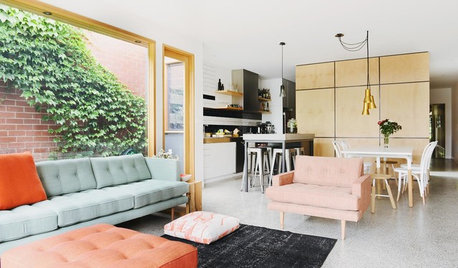
CONTEMPORARY HOMESHouzz Tour: Plywood Pod Adds a New Dimension to Living Spaces
Designers redo the back of a house for a better indoor-outdoor connection and install a clever structure for storage, function and flow
Full Story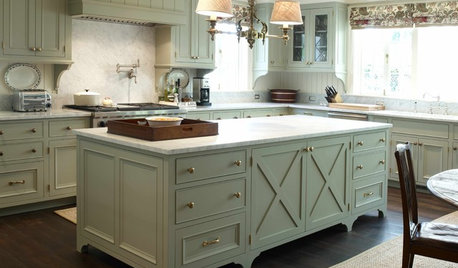
KITCHEN CABINETSCabinets 101: How to Work With Cabinet Designers and Cabinetmakers
Understand your vision and ask the right questions to get your dream cabinets
Full Story
KITCHEN CABINETSChoosing New Cabinets? Here’s What to Know Before You Shop
Get the scoop on kitchen and bathroom cabinet materials and construction methods to understand your options
Full Story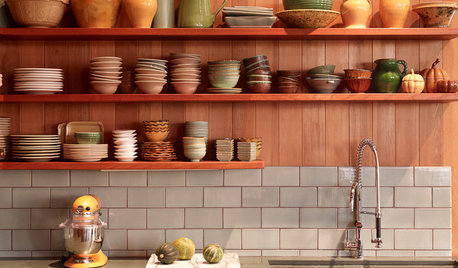
KITCHEN CABINETS9 Ways to Save Money on Kitchen Cabinets
Hold on to more dough without sacrificing style with these cost-saving tips
Full Story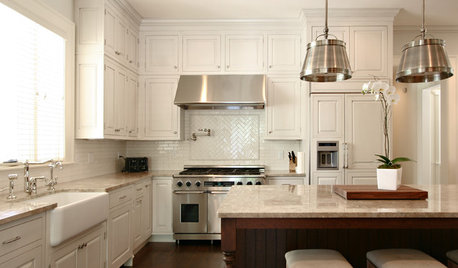
KITCHEN CABINETSYour Guide to Choosing Kitchen Cabinets
Updating your kitchen? See designers' top choices for kitchen cabinet styles, hardware choices, colors, finishes and more
Full Story





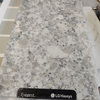

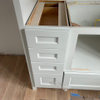
CEFreeman
poohpup
Related Professionals
Lockport Kitchen & Bathroom Designers · Midvale Kitchen & Bathroom Designers · New Castle Kitchen & Bathroom Designers · South Farmingdale Kitchen & Bathroom Designers · Covington Kitchen & Bathroom Designers · Boca Raton Kitchen & Bathroom Remodelers · Idaho Falls Kitchen & Bathroom Remodelers · Land O Lakes Cabinets & Cabinetry · Plymouth Cabinets & Cabinetry · North Plainfield Cabinets & Cabinetry · Ardmore Tile and Stone Contractors · Hermiston Tile and Stone Contractors · Mill Valley Tile and Stone Contractors · Chaparral Tile and Stone Contractors · Whitefish Bay Tile and Stone ContractorsUser
angie_diy
mrsjoeOriginal Author
eam44
camphappy
chiefneil
chiefneil
powertoolpatriot
mrsjoeOriginal Author
sjerin